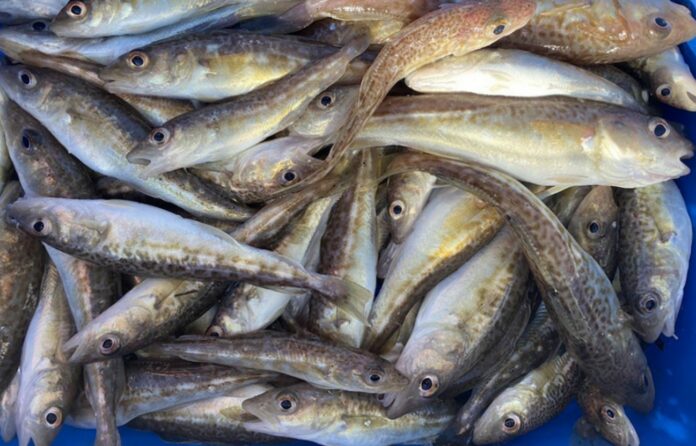It is not true that the coastal cod has gone extinct. Researchers at the University of Gothenburg have discovered that young coastal cod are still present off Sweden’s west coast according to DNA studies. Finding mature adult cod in the region is still challenging.
By genetically analyzing test-caught cod, researchers from the University of Gothenburg and the Swedish University of Agricultural Sciences (SLU) have shown that the west coast of Sweden is home to two separate cod species.
These cod varieties are from the same species, the Atlantic cod (Gadus morhua), but they are distinct “ecotypes” that have been genetically adapted to various habitats or ways of life.
The two species of fish found off the west coast are referred to as “offshore cod” and “coastal cod” because one originates far out at sea, while the other spends its whole life along the coast. Rarely do these two varieties of cod mate.
People have long thought that all of the coastal cod on the west coast have been caught. However, this recent research, which was released in the ICES Journal of Marine Science, demonstrates that there is still a population of cod that lives its whole life off the west coast of Sweden.
The findings “show that a high proportion of juvenile cod in the fjords and near the west coast of Sweden are coastal cod. That shows that there is still something left to save.
But in the test fishing, you get very, very few adult cod. In test fishing near the coast, only a handful of cod over 40 centimetres in length were found,” adds Simon Henriksson, researcher at the University of Gothenburg.
Juvenile cod were taken from over a hundred locations in the Skagerrak, the Kattegat, and the Sound (resund) for genetic analysis.
Their findings demonstrate that a combination of both ecotypes, not simply offshore fish, make up the local cod population. The coastal cod are located closer to the beach, whereas offshore fish are often found further offshore.
Although they are thought to be extinct, there is a surprisingly robust population of coastal cod in the fjords of West Sweden.
“In some places both offshore and coastal cod are found in the same fjord, but they appear to live at different depths. Offshore cod live at slightly greater depths, while coastal cod are more common in shallow waters,” remarks Simon Henriksson.
Strong ocean currents transport the eggs and larvae of adult offshore cod from the North Sea or the Outer Skagerrak to Swedish seas. Offshore cod, which return to the offshore banks to spawn at ages two to four, are raised along Sweden’s west coast.
Despite the presence of young fish in the fjords, the subject of where the coastal cod move once they reach maturity remains unanswered.
In addition to the fjords of the Swedish west coast, coastal cod have been seen in the Kattegat, the Sound, and the Danish Straits, suggesting that their eggs and larvae may be carried there by the currents.
This may help to explain why there were such a significant number of young coastal cod caught in the test fishing, despite the fact that there were no adult coastal cod caught.
“In another study from 2019, cod eggs were found in the fjords, which seems to indicate that adult coastal cod do actually spawn in the fjords. But since we cannot see any genetic difference among coastal cod from different areas, we do not know for sure whether there are local spawning populations,” points out Simon Henriksson.
According to the results of the recent research, the ecotypes exhibit many genetic changes that are associated with environmental adaptation. This suggests that their varied geographic distributions may be the result of their genetic adaptation to various settings.
For example, it looks like the ecotypes have adapted to different levels of oxygen, saltiness, and temperature. Additionally, genetic variations imply that the ecotypes exhibit different feeding, migratory, and social behaviors.
The genetic research unfortunately did not show any signs of recovery in cod populations. On the other hand, cod populations—both adult and juvenile—continue to fall in all Swedish waters.
But if we want to attempt to reestablish cod populations throughout the west coast, the new findings indicate that we need to take into consideration the fact that there are two separate species of cod, which vary genetically and geographically.
Source: 10.1093/icesjms/fsac220
Image Credit: Getty
